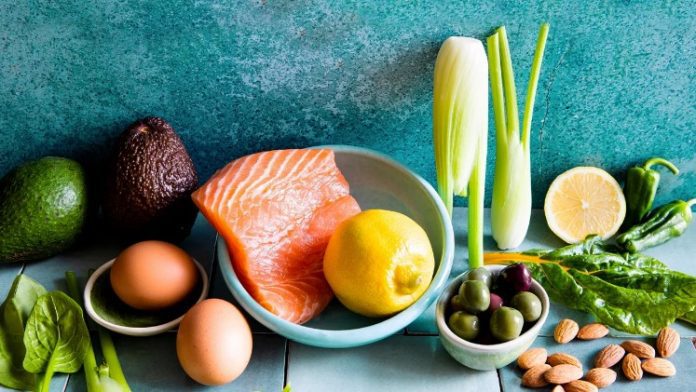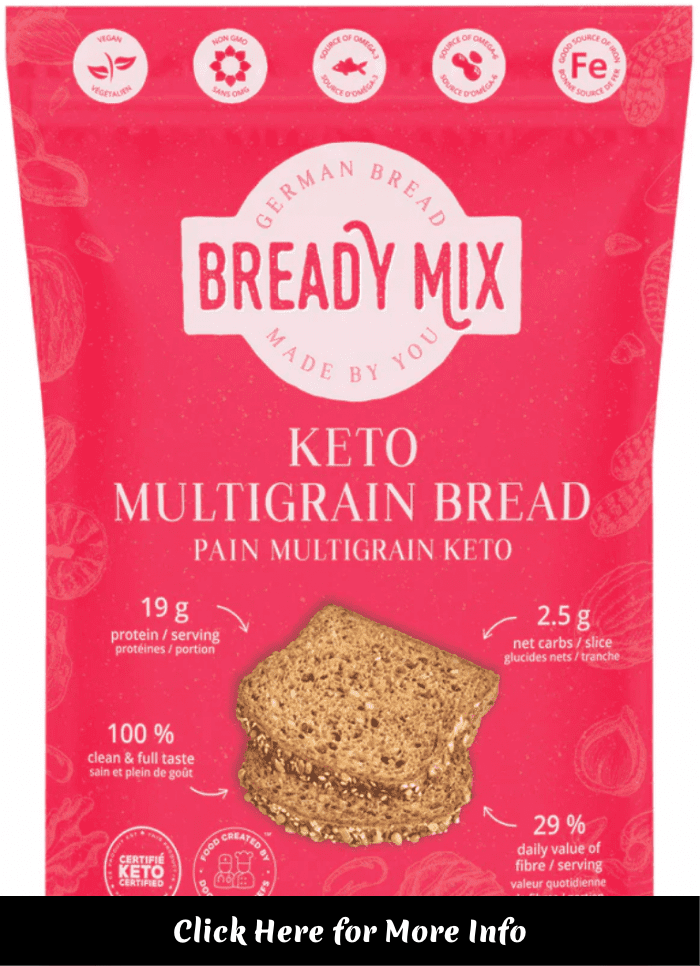The ketogenic diet is known for its low-carb and high-fat eating plan.
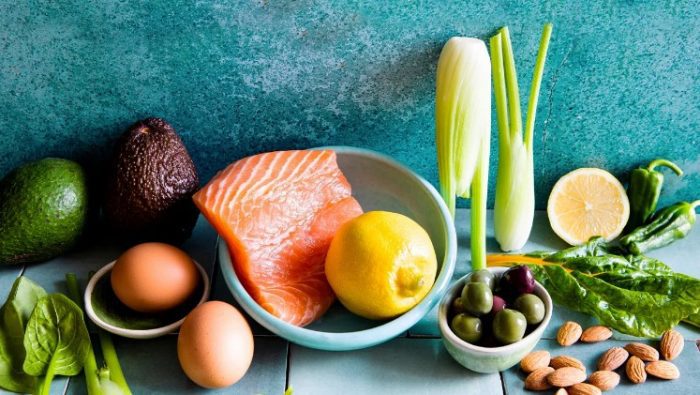
By replacing starchy foodstuff with fatty ones like cheese and bacon, the body adapts to using fats as fuel. However, the keto diet goes beyond that; you will need to understand the whole science to do it correctly and maintain it.
Key Takeaways
- A ketogenic diet transitions your body from using glucose to fats as its fuel.
- The recommended ratios of macronutrients in a keto diet are about 5% carbs, 20% protein, and 75% fat to make up your daily calories.
- Recommended foods for a keto diet include proteins and fats while carbs and sugars are highly discouraged.
What Is a Ketogenic Diet?
Simply put, a ketogenic diet transitions your body from using glucose to fats as its fuel. This state is known as nutritional ketosis. The body mimics what happens when we fast by using fats instead of glucose. The diet has become a routine for many looking to reduce weight and manage chronic illnesses like type two diabetes and other cardiovascular risks.
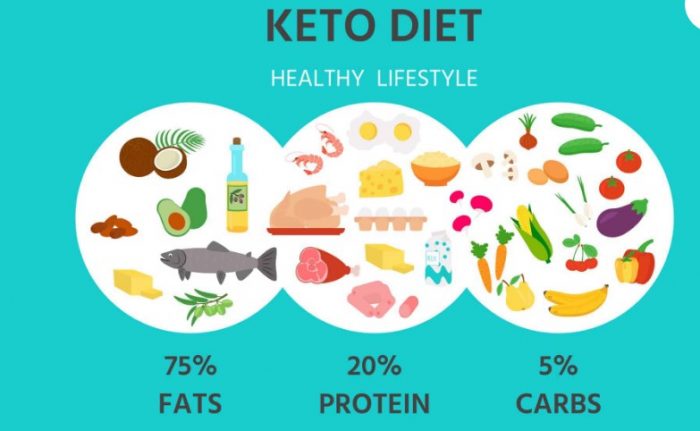
While keeping the carbs low, the keto diet leverages on fats and moderate protein intake. While the recommended ratios of macronutrients in a keto diet may vary across individuals, the range is about 5% carbs, 20% protein, and 75% fat for your daily calories.
Foods To Eat on A Keto Diet
With the detailed breakdown provided above, prepare to consume foodstuff with minimal carbs and rich in fats. Note that you must also check the micronutrients to maintain a healthy calorie intake.
-
Meat and poultry
All kinds of meat, including poultry, are okay in a keto diet since they are naturally devoid of carbs. This includes beef and pork, which can also provide nutritious minerals and vitamins. Meat provides enough protein to keep you full especially during physical activities so you won’t fall for carby fast foods on your workday.
-
Low-Carb Vegetables
Normally, vegetables are encouraged in most restricted diets for their nutritional value and low risk. However, you are advised to consume vegetables in moderation on a keto diet.
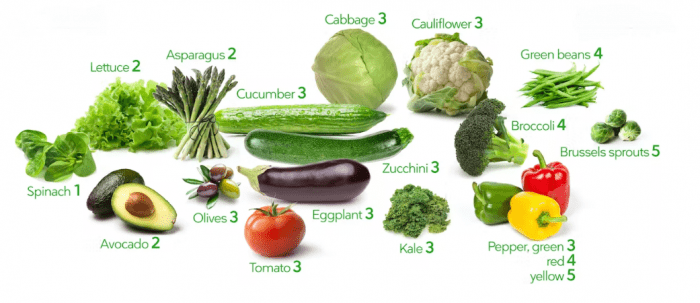
Options like leafy spinach, broccoli, and green beans are a perfect substitute for starchy foodstuffs like wheat and potato, but they, too, can knock you off ketosis when taken in bulk.
-
Oils And Fats
Fats should dominate a keto diet to provide sufficient fuel for your body amid restricted carbohydrates. So, you’ll often be cooking with olive oil or coconut oil, both of which are known to be highly fatty. Olive oil is highly recommended in other diets, including the Mediterranean, due to its balancing of fat consumption as well as its low risk of cardiovascular diseases. Similarly, the coconut substitute can also come in handy to add flavor to your keto diet and increase ketone production via its medium-chain triglycerides.
-
Fatty Seafood
Many kinds of fish, like sardines, albacore tuna, and salmon, are carb free and rich in vitamin B and protein. Another advantage of including fatty fish in your keto diet is the rich omega-3 fatty acids that are a source of healthy fats and lower your risk of developing chronic diseases.
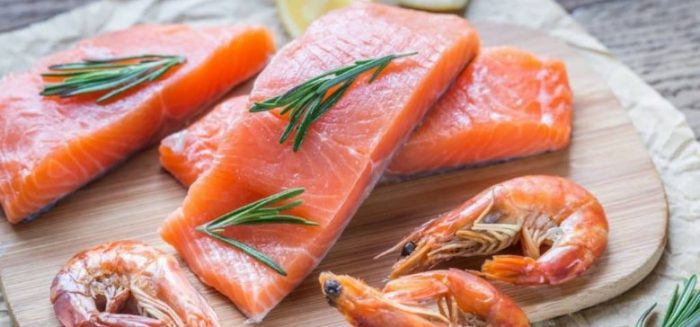
The most important thing is to balance your fats and avoid going overboard on all the fat sources discussed here. Also, ensure that the fatty fish you use for your diet is fresh.
-
Dairy And Eggs
Dairy products and eggs are good protein, calcium, and fat sources. Staples like yogurt and cottage cheese can significantly boost the protein in your keto diet while maintaining a low-carb content. Besides, eggs bring in crucial antioxidants and minerals to keep you full and avoid falling for fast foods or crunches that could pack carbs.
-
Nuts and Berries
Nuts are full of monounsaturated and polyunsaturated fats and low in carbs, making them a suitable addition to your keto diet ingredients. So, if you want a great way to spice up your snack routine and get out of the rut, try walnuts, almonds, macadamias, flaxseeds, pumpkin, and sesame seeds. Since fruits are discouraged in a keto diet, fresh berries can feel like an oasis due to their taste and nutritional value. Natural keto-friendly berries with low sugar and carb makeup include strawberries, raspberries, and blackberries.
Foods To Avoid on The Keto Diet
With carbohydrates being most of the foodstuff we consume, shifting to a keto diet means cutting on some of your favorites. Basically, you must keep off starches but ensure you’re getting about 5% of your daily calories from carbs.
-
Grains And Wheat
Most foodstuffs made of wheat and grains don’t make a cut for a perfect keto diet. Your favorite pasta, cereal, bread, and even spiralized veggies have carbohydrates you must cut for ketosis to kick in. The same can be said for varieties labeled as gluten-free, as that doesn’t mean carbohydrate-free.

Luckily, we have keto-friendly options across stores for people who can’t live without bread or buns. Limit the intake to ensure you stay within the net carbs required for a day.
-
Starchy Vegetables and Sugary Fruit
Sugar and starch are a no-go zone for a keto diet, so you should limit their sources to maintain ketosis. Vegetables like yams, beets, corn, and potatoes have a high level of starch, meaning that just a small serving can kick you out of ketosis. Similarly, you should eliminate sugary fruits such as mangoes, bananas, and sweet potatoes from your list of groceries when you shift to a keto diet.
Choose Wisely!
Cutting carbs and increasing your protein and fats intake for a keto diet is easier said than done. You may need to make a few calculations on the number of grams of macronutrients you need daily and their respective sources. Besides, it would be best if you kept your diet balanced to ensure you’re not missing out on other crucial minerals and nutrients for your general well-being. Most importantly, consult with your primary care provider on your journey to lose weight for a personal intervention on the right path.
